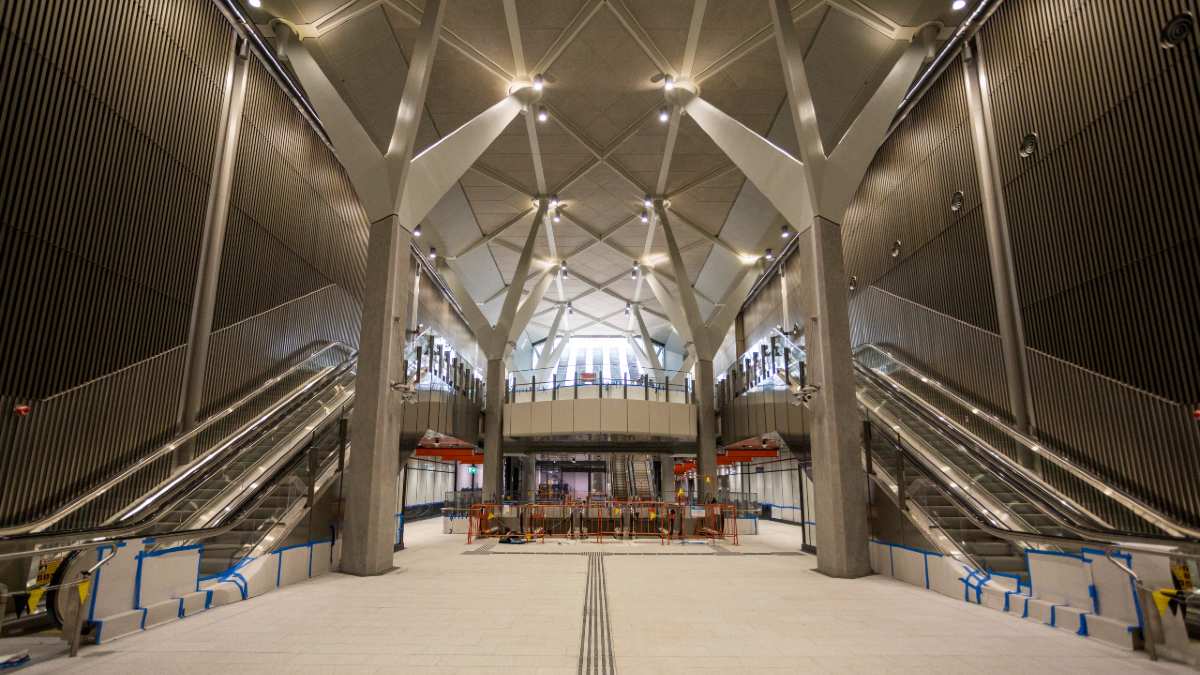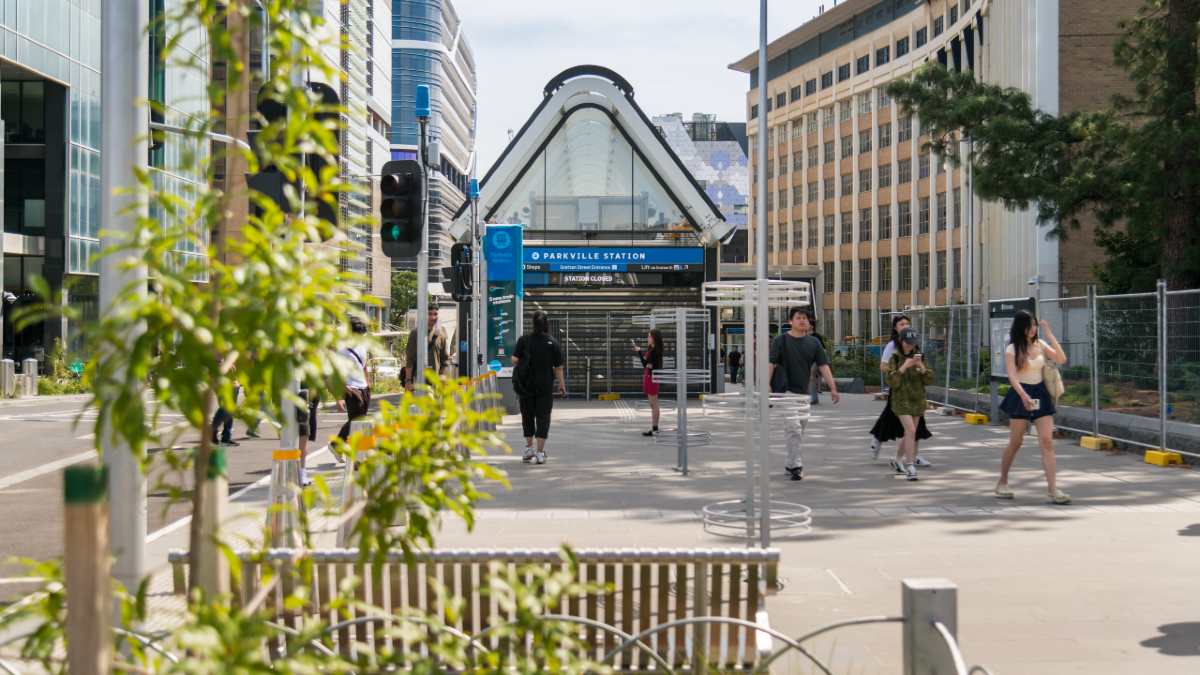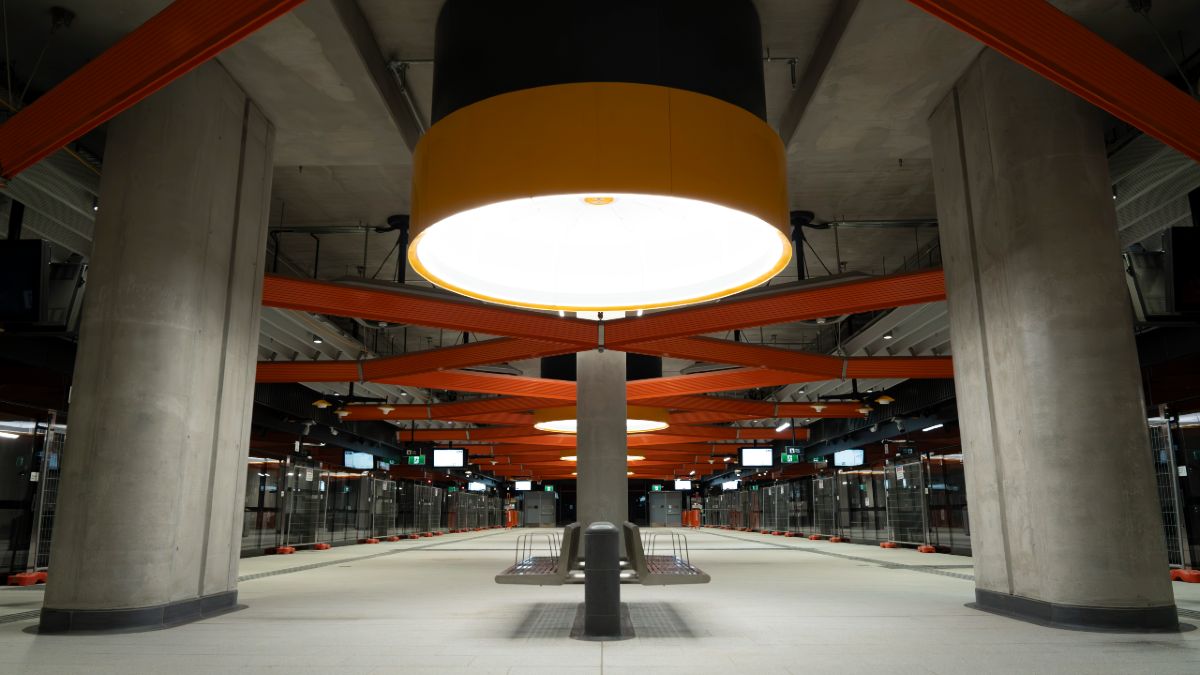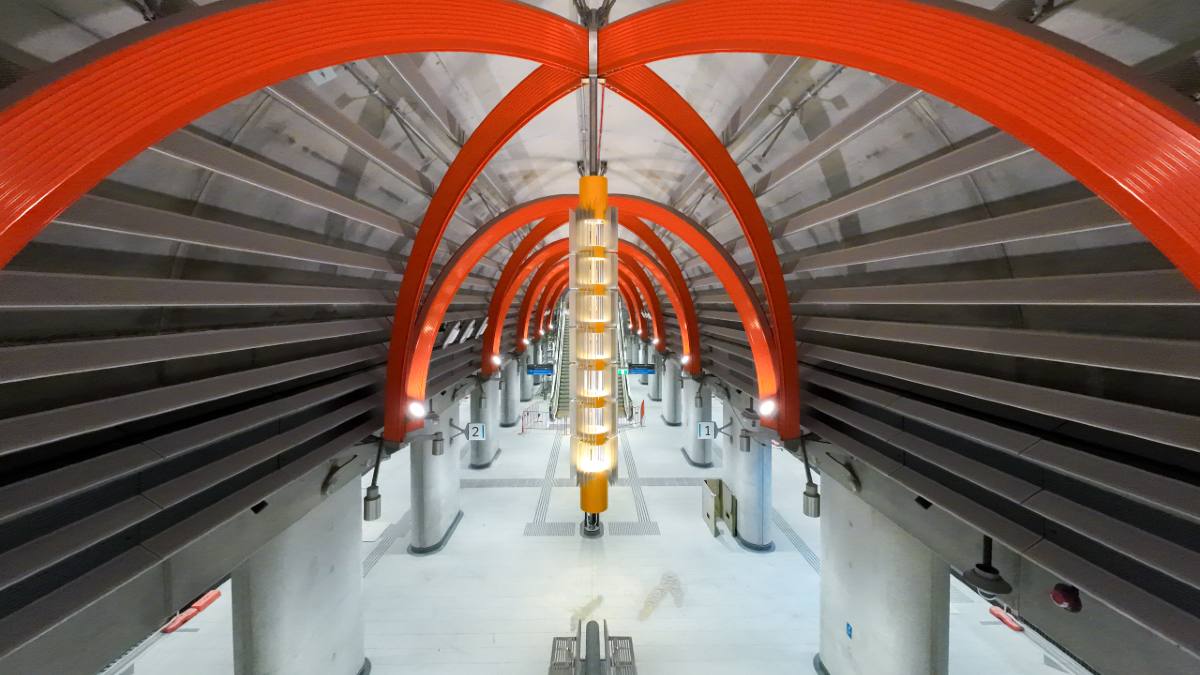Understanding the road rules for bike riders helps ensure everyone’s safety. Learn the essential cycling road rules in Victoria, including rules around using the road, bike lanes, helmets, bells, intersections and footpaths.
Melbourne Metro Tunnel guide: opening, new stations, and new line connections
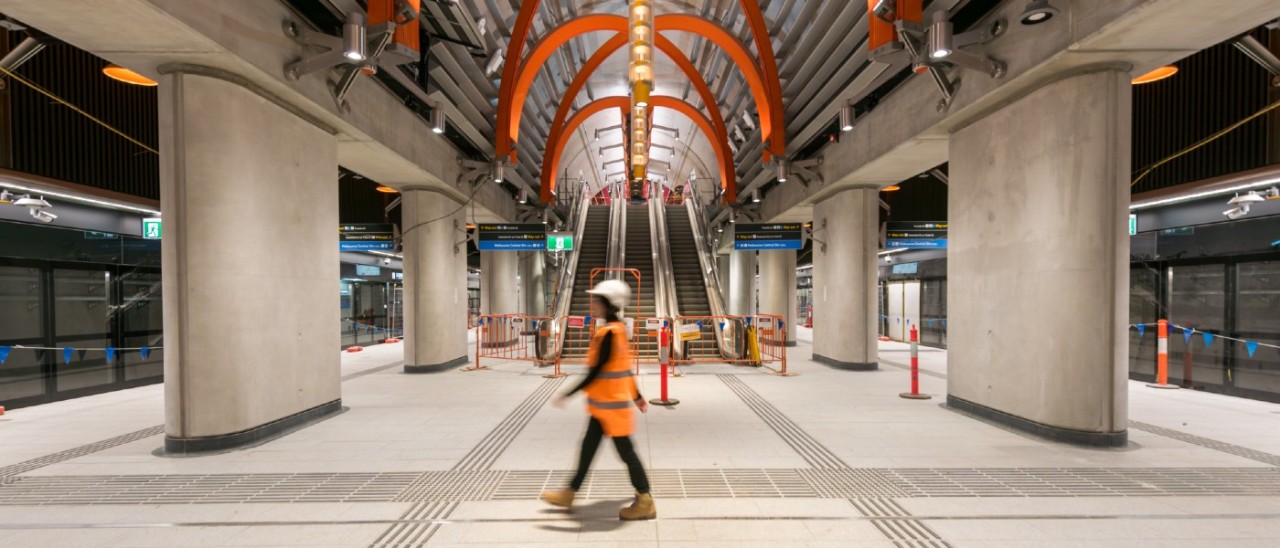
The biggest change to Melbourne’s public transport network in decades is coming from November 2025. Here's what you need to know about the Metro Tunnel opening and how it will affect you.
After almost a decade in construction and planning, Melbourne’s Metro Tunnel is set to open from November 2025.
Heralded as the biggest change to the train network in more than 40 years, the Metro Tunnel will introduce five new inner-city stations to Melbourne, as well as overhaul the city’s public transport timetable.
Download the free RACV App to read motoring, home and leisure news while you commute. The app includes fuel prices, and the locations of EV Chargefox stations, and RACV Members can also use it to access savings on Melbourne experiences and entertainment.
The Arevo app helps you plan your journeys across Melbourne by car, bike and public transport.
Best things to see, do and experience in Melbourne
What is the Metro Tunnel?
The Metro Tunnel is a new underground railway tunnel that will add five new stations to Melbourne’s train network with the aim of increasing capacity, reducing congestion and improving access to health, education and recreational facilities.
Construction began on the Metro Tunnel in 2017. The project has created two new 9km-long railway tunnels that connect Melbourne’s western and eastern suburbs via the Sunbury, Cranbourne and Pakenham lines.
The tunnel includes a new high-capacity signalling system that will allow trains to travel closer together with the aim of enabling ‘turn up and go’ services.
Read more: How to share the roads with trams, trains and buses.
When is the Metro Tunnel opening?
The Metro Tunnel has announced it will open Sunday, November 30, 2025.
During the 2025/26 summer period, Metro Tunnel services will primarily run between West Footscray Station (Sunbury line) and Westall Station (Pakenham and Cranbourne lines) stopping at all five new Metro Tunnel stations.
From the day it opens until February 1, 2026, public transport across Victoria will be free every weekend. This includes all public transport services (trains, buses and trams) across the state, for all passengers.
Read more: The best free things to do in Melbourne.
How will the Metro Tunnel change train services?
From November 30, 2025 until early 2026
Train services will remain mostly the same across the network, with an extra 240 services running between West Footscray and Westall stations via the Metro Tunnel.
Existing services on the Sunbury, Cranbourne and Pakenham lines will continue to run – passengers can choose to catch an existing service that goes through the City Loop, or one of the new services that runs through the Metro Tunnel.
From early 2026 onwards – aka the ‘Big Switch’
Major changes are expected across Victoria’s entire public transport network from early 2026 as the Metro Tunnel become fully operational.
The Sunbury, Cranbourne and Pakenham lines will cease to run through the City Loop, running solely through the Metro Tunnel instead. The Sunbury line will gain more than 1,000 weekly services while the Cranbourne and Pakenham lines will gain 100 new weekly services.
In effect, this will reportedly provide trains at least once every 10 minutes between West Footscray and Dandenong, and trains every three to four minutes during peak periods (between Watergardens and Dandenong).
Read more: Guide to the Dandenong Ranges Botanic Garden
Other train lines will also be impacted by the opening of the Metro Tunnel in early 2026. These include the return of the Frankston line to the City Loop and the cessation of the Werribee and Williamstown lines running cross-city through to Frankston.
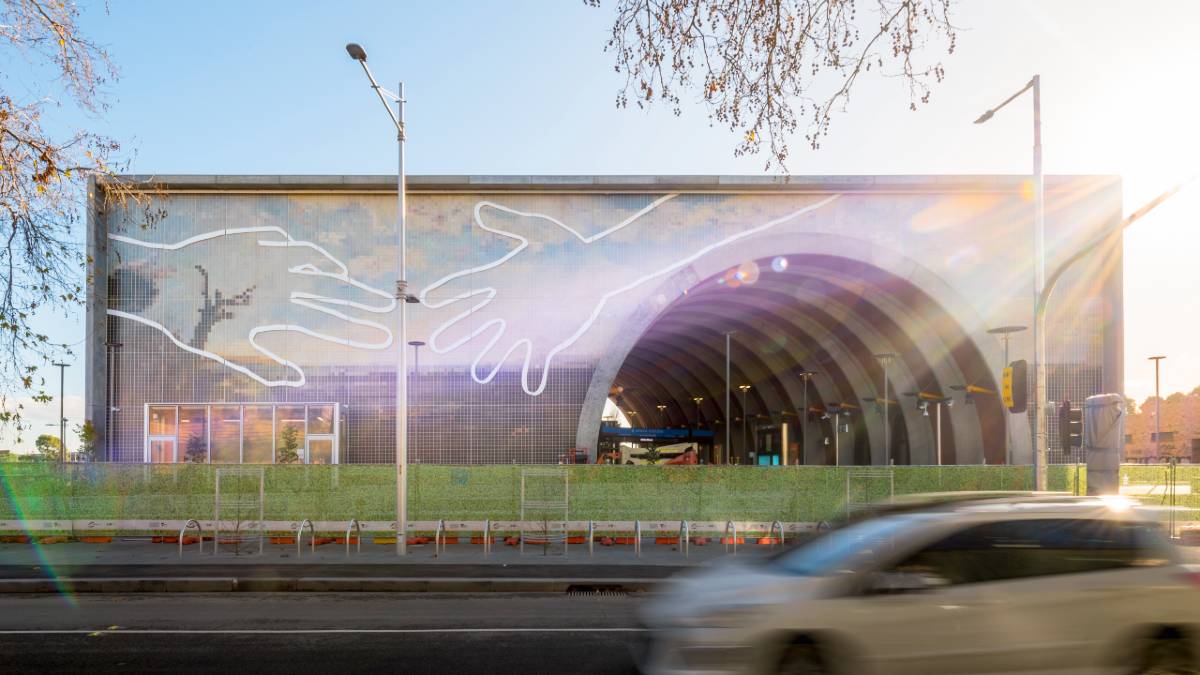
Five Australian artists were comissioned to create works as part of the new Melbourne Metro Tunnel stations. Photo: Metro Tunnel Project
What are the new train stations and where are they located?
The five new train stations constructed as part of the Metro Tunnel are:
Arden Station, North Melbourne.
Located close to the North Melbourne Recreation Centre and Arden Street oval, this station features an artwork by Australian artist Abdul Abdullah called ‘Come Together’.
Parkville Station, Parkville.
This station provides a train connection to the Royal Melbourne Hospital, Peter MacCallum Cancer Centre, the Royal Women’s Hospital and the University of Melbourne.
State Library Station, Melbourne.
State Library Station is located nearby to many major Melbourne attractions and facilities, including the State Library of Victoria, RMIT, Melbourne Central shopping centre, Old Melbourne Gaol and Queen Victoria Market.
RACV Members save at attractions across Victoria - find out more.
Town Hall Station, Melbourne.
Located beneath City Square, Town Hall Station provides a direct pedestrian link to Flinders Street Station via the decades-old Degraves Street Subway and Campbell Arcade. This station is nearby to attractions like Federation Square, ACMI, the NGV and many of Melbourne’s iconic laneways.
There are nearby trams if you're going to the footy or cricket, or Australian Sports Museum at the MCG. Catch the Route 48 tram on Collins Street or Route 75 tram on Flinders Street. In January, the Route 70 and Route 70a trams on Flinders Street are the best way to get to Melbourne Park and Rod Laver Arena for the Australian Open.
Read more: The must-see tourist attractions in Melbourne.
Anzac Station, Melbourne (St Kilda Road precinct).
Anzac Station creates a train access point for anyone wishing to visit the Royal Botanic Gardens Melbourne, the Shrine of Remembrance, or Albert Park for the Australian Grand Prix.
The new stations were named after a callout for public submissions. An advisory committee compiled a short list of names submitted, from which the final station names were chosen.
Each station also features an artwork from a Melbourne or Australian artist, including Maree Clarke (Town Hall Station), Raafat Ishak (Anzac Station), Abdul Abdullah (Arden Station), Danie Mellor (State Library Station) and Patricia Piccinini (Parkville Station).
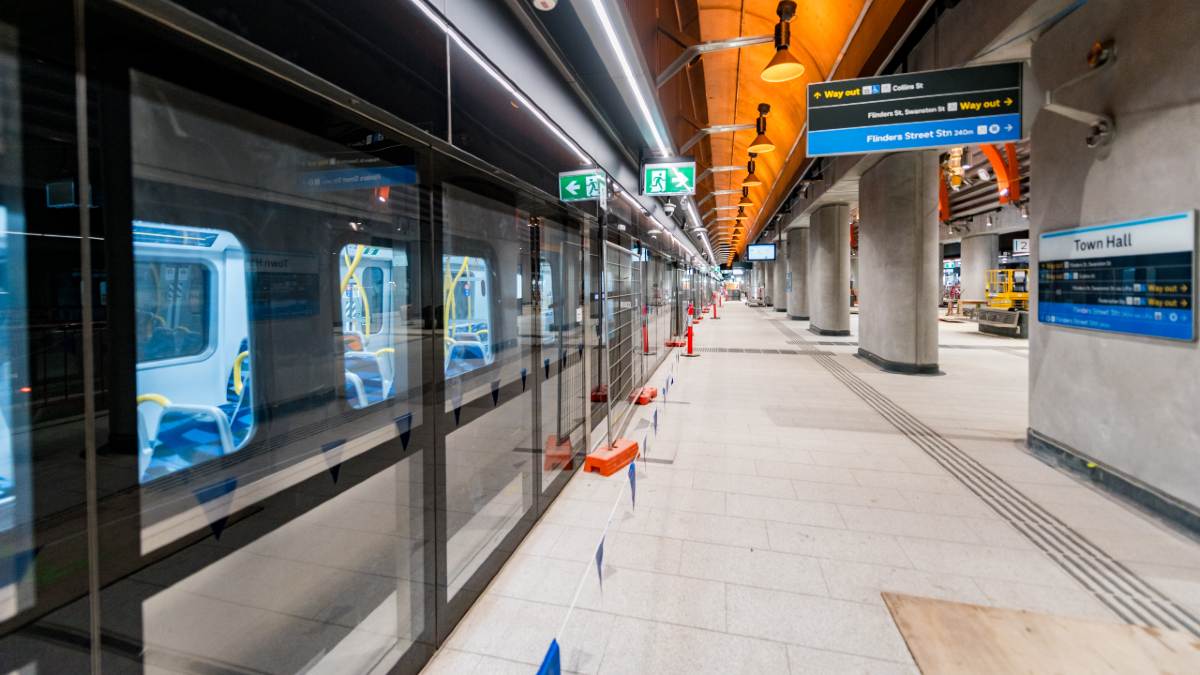
Every new Metro Tunnel Station platform is fitted with screen doors that aim to improve safety and ventilation. Photo: Metro Tunnel Project
What are the new platform screen doors at the Metro Tunnel stations?
Each Metro Tunnel station has been fitted with platform screen doors, the first of their kind in Melbourne.
These safety features align with the trains' doors and open automatically to allow passengers to board and alight from the carriages. The doors help improve safety on the train platforms by helping prevent items or people from falling onto the tracks, as well as speed up boarding, improving tunnel ventilation and helping climate control within the station.
You do not have to press a button to open the platform screen doors when embarking or disembarking from the train – they open automatically. However, it is expected that not all platform screen doors will be in use when the Metro Tunnel first opens. Doors not in use are indicated by a red light over the door – in this instance, simply proceed to the next door in use.
Are the new Metro Tunnel stations accessible?
The five new Metro Tunnel stations have accessibility features such as tactile ground markings, escalators, lifts, braille and tactile signage, audible announcements and hearing loops, customer service desks and help points, and accessible toilets (including ambulant cubicles, parents’ rooms and adult changing place facilities).
Trains running through the new Metro Tunnel stations all have hearing loops, audible announcements, accessible seats and improved passenger information displays. Passengers using wheelchairs are advised to board at the train’s first carriage.
Read more: How to improve accessibility in your home.
Will there be tram and bus connections at Metro Tunnel stations?
Yes, the five new Metro Tunnel stations are connected to, and in some cases integrated into, Melbourne’s existing tram and bus network.
Arden Station: A new bus route (Route 241) will be available on Laurens Street from the opening of the Metro Tunnel. Passengers can also access the Route 57 tram via a nine-minute walk.
Parkville Station: Route 19 trams are available on Royal Parade, while the route 41, 402, 505 and 546 can be accessed on Royal Parade or Gratton Street.
State Library Station: Catch the route 1, 3, 5, 6, 16, 64, 67 and 72 from Swanston Street. Passengers can directly access Melbourne Central Station without having to tap their myki on or off.
Town Hall Station: Town Hall Station provides access to the route 1, 3, 5, 6, 16, 64, 67 and 72 trams via Swanston Street, the route 11, 12, 48 and 109 trams via Collins Street, and the route 35, 70 and 75 trams via Flinders Street. Passengers can directly access Flinders Street Station without having to their myki on or off.
Anzac Station: The route 3, 5, 6, 16, 58, 64, 67 and 72 trams stop directly at Anzac Station via a dedicated train and tram interchange. Route 604 buses stop right outside the station on St Kilda Road, while route 605 buses can be accessed via a pedestrian underpass through to Domain Road.
Read more: How to drive safely with trams - the rules every driver should know.
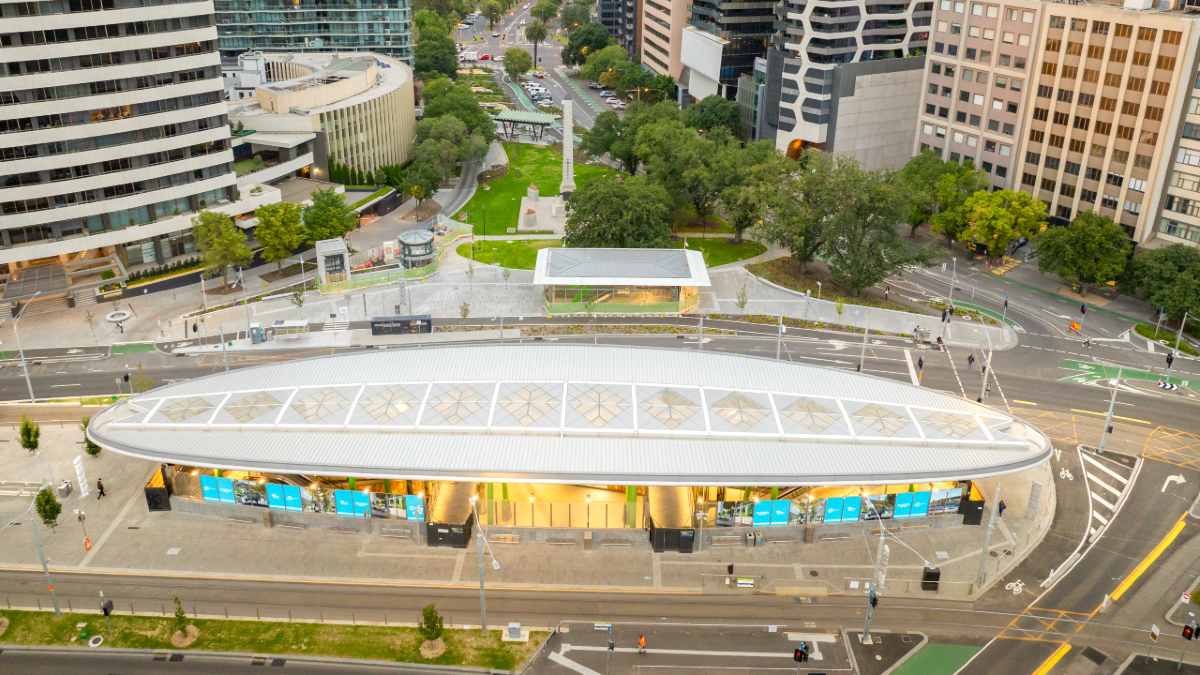
The new stations have bus and tram connections, including at dedicated tram interchange at Anzac Station. Photo: Metro Tunnel Project
Can I use my myki on the Metro Tunnel?
Yes, you can pay for your fare using a myki across the Melbourne train network, including at Metro Tunnel stations.
Additionally, new ways to pay for your fare are expected to roll out across the public transport network from early 2026. These changes are expected to enable debit and credit card, smartphone and smart device payments.
Can I take my bike or e-scooter on trains in the Metro Tunnel?
Conventional bikes are allowed on trains across Victoria’s rail network. Avoid boarding with your bike during peak hours, at busy carriages, and via the first door of the first carriage (which is a priority space for passengers with additional mobility needs).
New regulations have been proposed to restrict e-bikes and e-scooters from trains in Victoria. The rules around bringing e-bikes and e-scooters on trains vary around Australia - check with the relevant transport authority before using your e-mobility device interstate.
Bike parking spaces are available at each new Metro Tunnel station.
Read more: How to lock your bike to prevent theft
What existing stations will connect to the Metro Tunnel?
Metro Tunnel services will connect to train stations on the Sunbury, Cranbourne and Pakenham lines. These include, but are not limited to, Footscray Station and Sunshine Station in the west, and Caulfield Station and Dandenong Station in the southeast.
How can I connect to the Metro Tunnel from other train lines?
Passengers on train lines other than the Sunbury, Cranbourne or Pakenham lines can connect to Metro Tunnel services at several interchange stations across the metro train network.
Werribee and Williamstown lines: Change at Footscray Station for Metro Tunnel services.
Belgrave, Lilydale and Alamein lines: Change at Melbourne Central or Flinders Street stations for Metro Tunnel services via State Library and Town Hall stations.
Craigieburn and Upfield lines: Change at Melbourne Central or Flinders Street stations for Metro Tunnel services via State Library and Town Hall stations.
Frankston line: Change at Caulfield or Malvern stations for Metro Tunnel services.
Glen Waverly line: Change at Melbourne Central or Flinders Street stations for Metro Tunnel services via State Library and Town Hall stations.
Mernda and Hurstbridge lines: Change at Melbourne Central or Flinders Street stations for Metro Tunnel services via State Library and Town Hall stations.
Sandringham line: Change at Flinders Street Station for Metro Tunnel services via Town Hall Station.
Can I access the Metro Tunnel via the City Loop?
Metro Tunnel services can be accessed via the City Loop at Melbourne Central and Flinders Street stations. Passengers can change here to access State Library and Town Hall Metro Tunnel stations via underground pedestrian tunnels.
Read more: Best libraries in Melbourne and regional Victoria
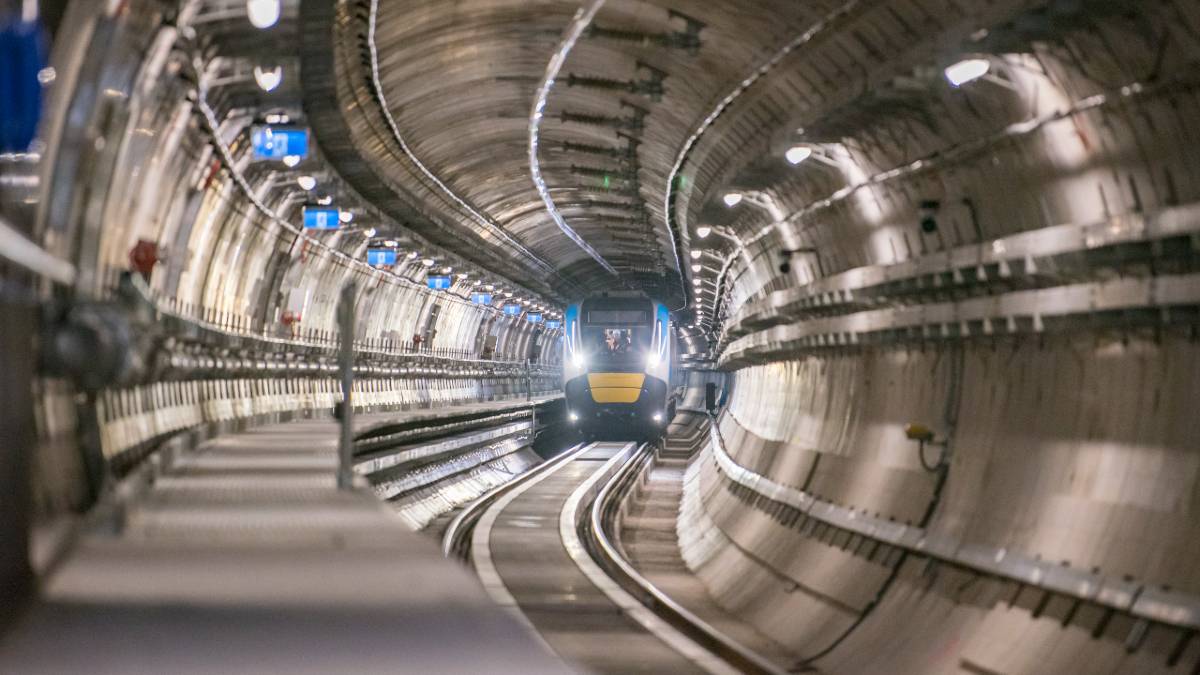
A high-capacity signalling system aims to enable 'turn up and go' services across the Melbourne Metro Tunnel lines. Photo: Metro Tunnel Project
Will VLine train passengers be able to catch Metro Tunnel services?
Yes, VLine train passengers will be able to catch Metro Tunnel services from early 2026.
Ballarat and Geelong lines: Change at Sunshine or Footscray stations for Metro Tunnel services.
Bendigo line: Change at Sunbury or Footscray stations for Metro Tunnel services.
Seymour and Shepparton lines: Change to a City Loop train at North Melbourne or Southern Cross, then change to a Metro Tunnel service at Flinders Street or Melbourne Central (via Town Hall or State Library stations).
Traralgon and Bairnsdale lines: Change at Dandenong, Pakenham, Caulfield or Clayton stations for Metro Tunnel services.
